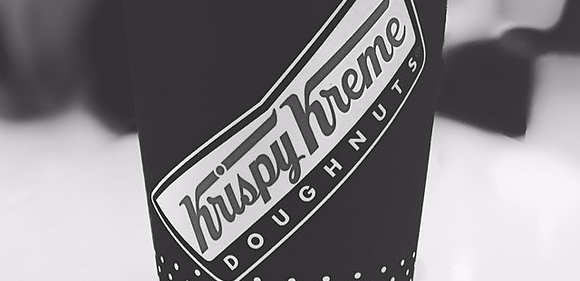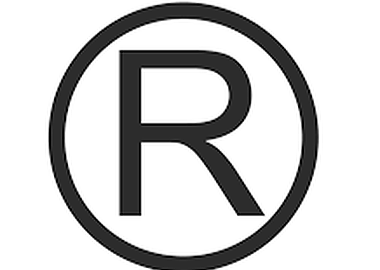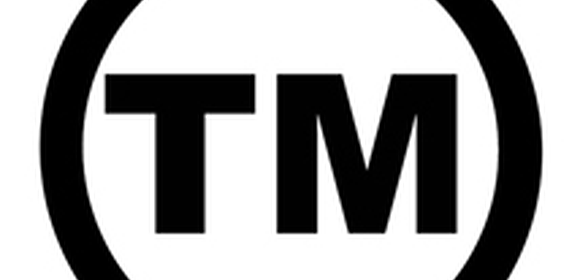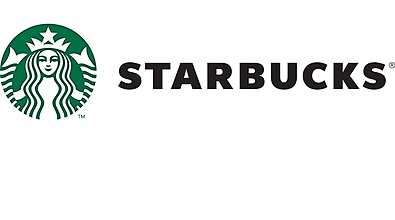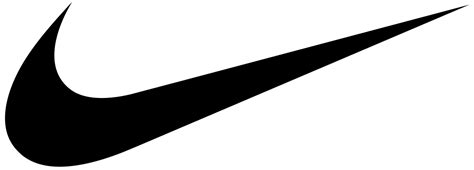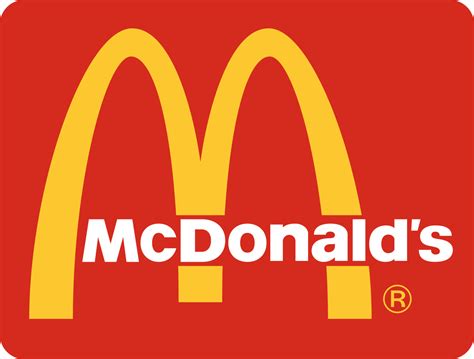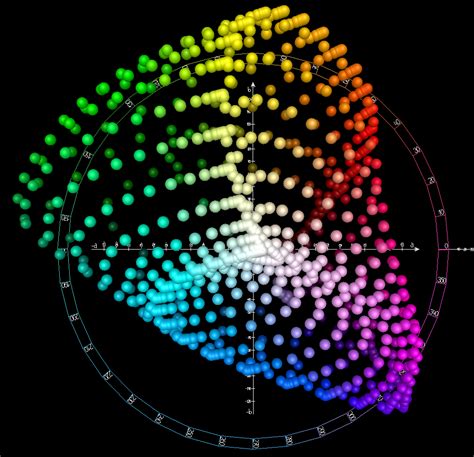In the digital age, owning a unique and recognizable URL (Uniform Resource Locator) is crucial for individuals and businesses alike. URLs serve as the address to your online presence, enabling users to access your website and associated content. However, conflicts may arise when multiple parties have similar or identical names or trademarks and desire to claim the same URL. This article explores the question of whether you can take another person's URL if you own the trademark for the same or similar name.
Understanding Trademarks and URLs:
Before delving into the specific issue, it is essential to grasp the concepts of trademarks and URLs and how they coexist on the internet.
A trademark is a legally protected sign, symbol, or design that represents a company, brand, or individual. It distinguishes goods or services from those of others, ensuring consumers can identify and associate them with a particular source. Trademarks play a vital role in protecting intellectual property rights and preventing confusion among consumers.
On the other hand, a URL is a unique web address that locates a specific webpage or website on the internet. URLs are registered and managed by domain name registrars, and they serve as the digital identifier for your online presence.
Trademark Rights and Domain Names:
While owning a trademark grants you certain rights, it does not automatically entitle you to claim a domain name that matches your trademark. Trademark rights primarily protect against unauthorized use of similar names in the context of goods or services. Domain name registration operates under a separate system governed by Internet Corporation for Assigned Names and Numbers (ICANN) policies.
Domain Name Disputes:
If you find that another individual or entity has registered a domain name identical or similar to your trademark, you may be able to address the issue through a domain name dispute resolution process. ICANN has established the Uniform Domain-Name Dispute-Resolution Policy (UDRP) to handle these disputes.
To succeed in a UDRP complaint, you generally need to demonstrate three factors:
- The domain name in question is identical or confusingly similar to your trademark.
- The current domain name holder has no legitimate rights or interests in the domain name.
- The domain name was registered and is being used in bad faith.
If you can prove these elements, you may be able to reclaim the domain name or transfer it to your ownership.
Considerations and Legal Advice:
While UDRP provides a process for resolving domain name disputes, it is essential to consult with legal professionals experienced in trademark and domain name law. The specific circumstances of each case can vary, and legal guidance tailored to your situation is crucial.
Furthermore, it's worth noting that the outcome of a domain name dispute depends on various factors, such as the strength of your trademark, the intent behind the domain name registration, and the jurisdiction in which the dispute is being resolved. Laws and regulations differ across countries, so it's important to understand the specific legal framework that applies to your situation.
Conclusion:
Claiming another person's URL when you own the trademark for the same or similar name is a complex matter. While trademark rights protect against unauthorized use of similar names in the context of goods or services, they do not automatically entitle you to the corresponding domain name.
To address such conflicts, the Uniform Domain-Name Dispute-Resolution Policy (UDRP) offers a mechanism for resolving domain name disputes. However, success in reclaiming a domain name through UDRP requires satisfying specific criteria and demonstrating bad faith on the part of the domain name holder.
Navigating trademark rights and domain name disputes necessitates professional legal advice tailored to your specific situation. By seeking the guidance of experts, you can better understand your rights and potential courses of action when it comes to securing.




